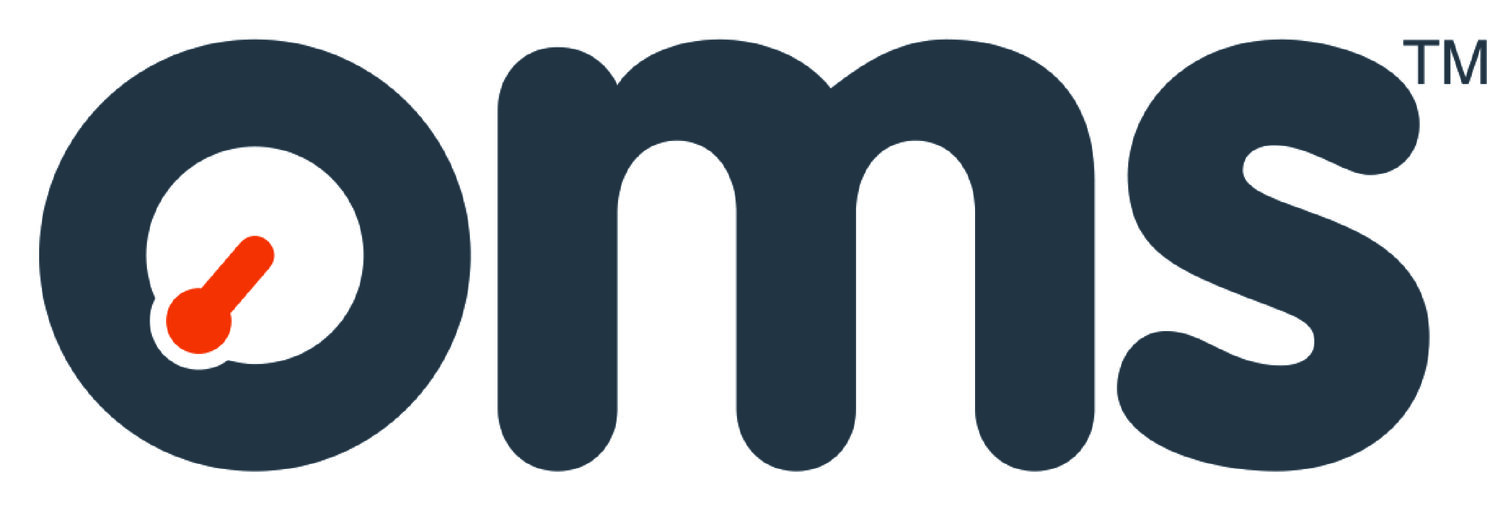Managing cable installation problems in the offshore wind sector
Wind power is big news, particularly in the UK, where the current government is promising that every home in the country will be powered with wind energy by 2030.
“We believe that in 10 years’ time offshore wind will be powering every home in the country, with our target rising from 30 gigawatts to 40 gigawatts,” said UK prime minister Boris Johnson, at the 2020 virtual Conservative conference.
Clean fuel, similar challenges
Wind power is a clean fuel – but the renewable energy industry faces many of the same challenges that oil and gas producers have to deal with. Equipment is expensive to produce and install. Assets are sited in places where environmental conditions are harsh and access for monitoring or maintenance is difficult. Turbines are aging – many are near, or have even exceeded, manufacturers’ warranties – and operators have to spend a huge amount of their budget maintaining equipment. The combination of power generation, harsh conditions and heavy-duty machinery also brings a host of health and safety issues. Just as in oil and gas production, the renewable energy industry is governed by stringent safety standards affecting machinery, operations and personnel.
Offshore wind farms
Difficulties are involved in all varieties of wind power generation but offshore wind farms present particular challenges. Surrounded by deep sea water and often battered by extreme weather conditions, offshore wind farms can be hard to reach and dangerous to work on. Efficient energy production is dependent on equipment working properly but maintenance and monitoring in these extreme conditions is complicated.
Cable installation problems
One specific problem that plagues the offshore wind industry is damage caused to the subsea cables that transport AC electricity, especially during the installation process. At the point at which cables leave the laying vessel and meet the seabed they are frequently subject to damage caused by over-bending. Installation contractors use sonar and ROV video monitoring to observe the cable as it leaves the vessel but this is expensive and often made unusable by conditions such as stirred-up sediment which affect visibility.
Research shows that damaged subsea cables are responsible for 70-80% of total wind farm insurance claims, and of that, 90% involves damage during installation. Wind power clients are now demanding five-year warranties from installation contractors to help mitigate the risks. Finding a way to detect installation damage is an important priority for the industry.
Cable monitoring – a possible solution
One potential solution to the problem is cable monitoring technology. Sensors attached to a cable would allow better installation in poor visibility conditions. They would also capture data and use a software system to alert operators to possible damage. Data collected could be used to inform future operations and provide a record for inspection purposes.
OMS offers a patented cable monitoring system to wind power clients. Sensors are attached along a cable at intervals, where they monitor the bend radius, alerting operators quickly to any potential issues. We can also include accelerometers to monitor dynamic events such as anchor drag and collisions and a temperature probe to check for changes in heat, which could indicate damage to the cable. Our system helps operators manage the installation process effectively so that they can achieve the most efficient energy production possible. It mitigates risks, increases the chance of project success and saves time and costs. It can also be adapted for mooring chains, risers and more. If you are interested in OMS’s renewable energy capabilities we would love to hear from you. Click here to contact us.
Valuable experience from the oil and gas industry
Companies operating in the oil and gas industry have considerable useful expertise to offer renewable energy businesses. Most have an innovative approach – along with valuable experience dealing with extreme conditions, a hyper-focus on efficient production and a rigorous approach to health and safety that will benefit the renewable energy industry.
Large diameter pipe inspection and fit-up
OMS uses its extensive experience gained in the oil and gas sector to inform our renewable energy services. For example, our inspection technology can also be used to create accurate 2D and 3D profiles of large diameter pipes. Sophisticated software can then select the best matches, allowing better fit-up of monopiles and transition pieces. This process has been used in critical offshore oil and gas installations for many years with demonstrable results. If you would like specific details about this service please enquire here.
Find this article useful? Sign up for more here!
Posted 19.10.2020
[5 minute read]
By Paul Eagle, Sales Director



